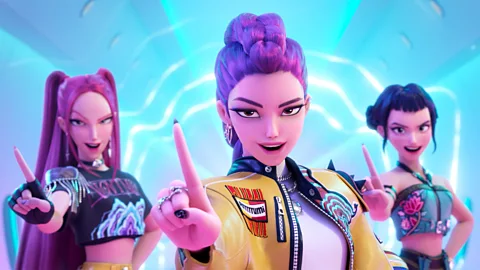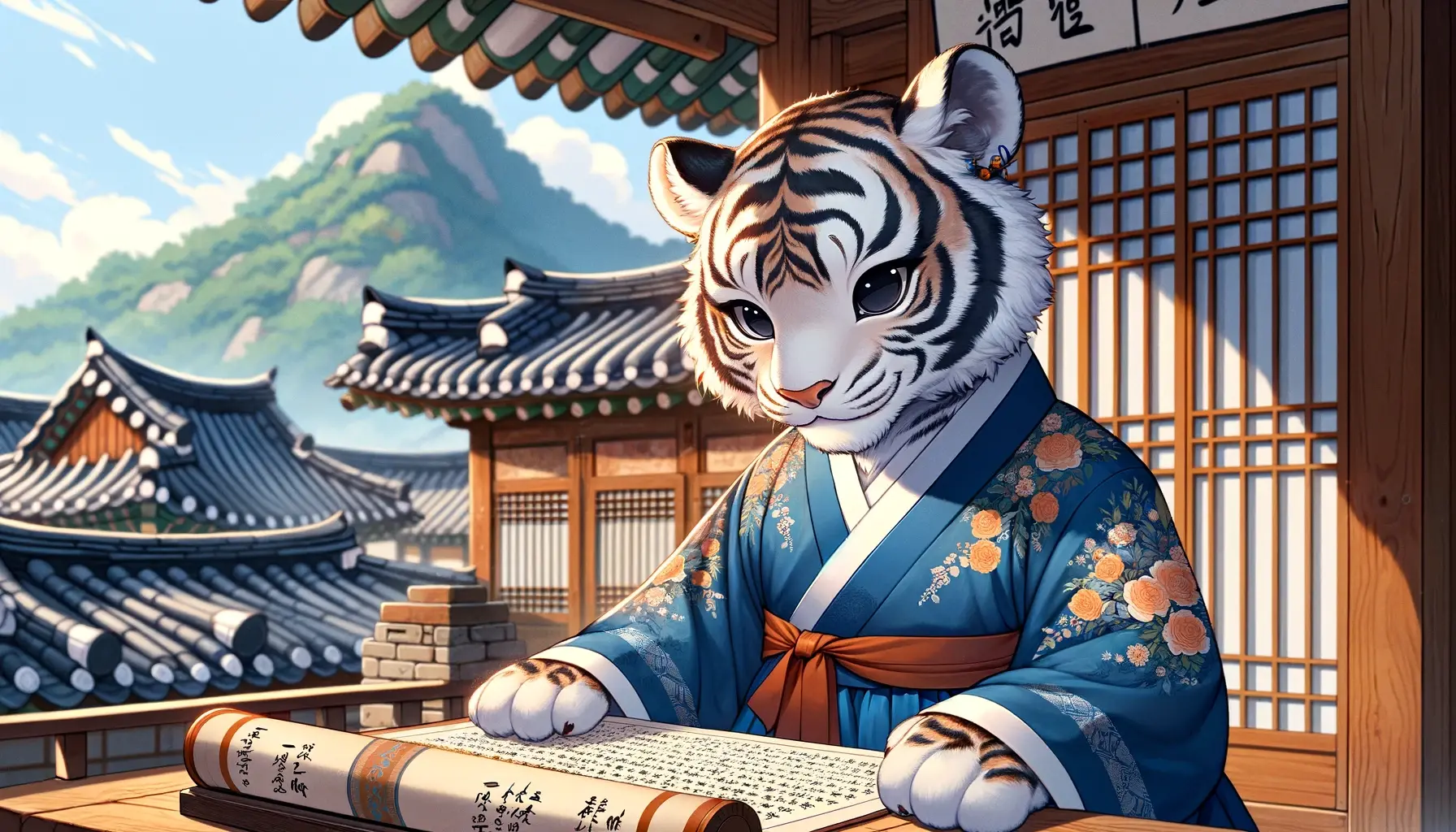K-Pop Demon Hunters: A Global Hit Celebrated for Authentic Korean Culture

The Netflix animated film K-Pop Demon Hunters has garnered international acclaim not only for its impressive box office success but also for its authentic representation of Korean culture. Released in June 2025, the film quickly climbed to the top of Netflix's global rankings, reaching the top 10 in 93 countries and amassing 33 million views within just two weeks. Its soundtrack features seven songs that made it onto the Billboard Hot 100, with standout tracks like 'Golden' and 'Your Idol' hitting the top two spots on Spotify's U.S. charts, showcasing its strong presence in the music industry.
What sets K-Pop Demon Hunters apart is its genuine portrayal of Korean culture. International media outlets, including the BBC, have praised the film for its seamless integration of bold Korean aesthetics into its narrative and visuals. The film captures iconic landmarks in Seoul, such as N Seoul Tower, Bukchon Hanok Village, and Naksan Park, while also depicting everyday Korean life through food items like kimbap, ramen, and gukbap.
The film features traditional motifs, such as a Korean folding screen (ilwolobongdo) as a stage backdrop and weapon designs inspired by shamanism, alongside realistic portrayals of contemporary K-pop fan culture, including synchronized dance routines, fan sign events, and glow sticks.
Particularly noteworthy are the everyday actions of the characters, such as placing chopsticks on napkins before eating gukbap or wearing a mix of seasonal clothing, which have been highlighted as both novel for Western audiences and accurate for Korean viewers. Critics have lauded these details as a testament to the film's authenticity.
Director Maggie Kang emphasized the effort put into achieving a distinctly Korean feel throughout the film. In interviews, she mentioned that every scene and design element was infused with Korean characteristics, from the brick patterns in Myeongdong to the landscapes of folk villages.
The film's attention to detail even sparked discussions online when early designs of the gukbap scene were leaked. Initial concept art depicted the protagonist holding a stone pot and using chopsticks to eat, but the final version accurately reflected Korean dining etiquette, featuring neatly arranged side dishes like kimchi, pickled radish, and seasoned vegetables, with chopsticks and a spoon placed on a napkin.
K-Pop Demon Hunters continues to create a global sensation, with requests for sequels pouring in. This film transcends mere Hallyu consumption, showcasing a deep understanding and respect for Korean culture, reaffirming the potential for the expansion of K-content.
What do you think?
0 reactions





